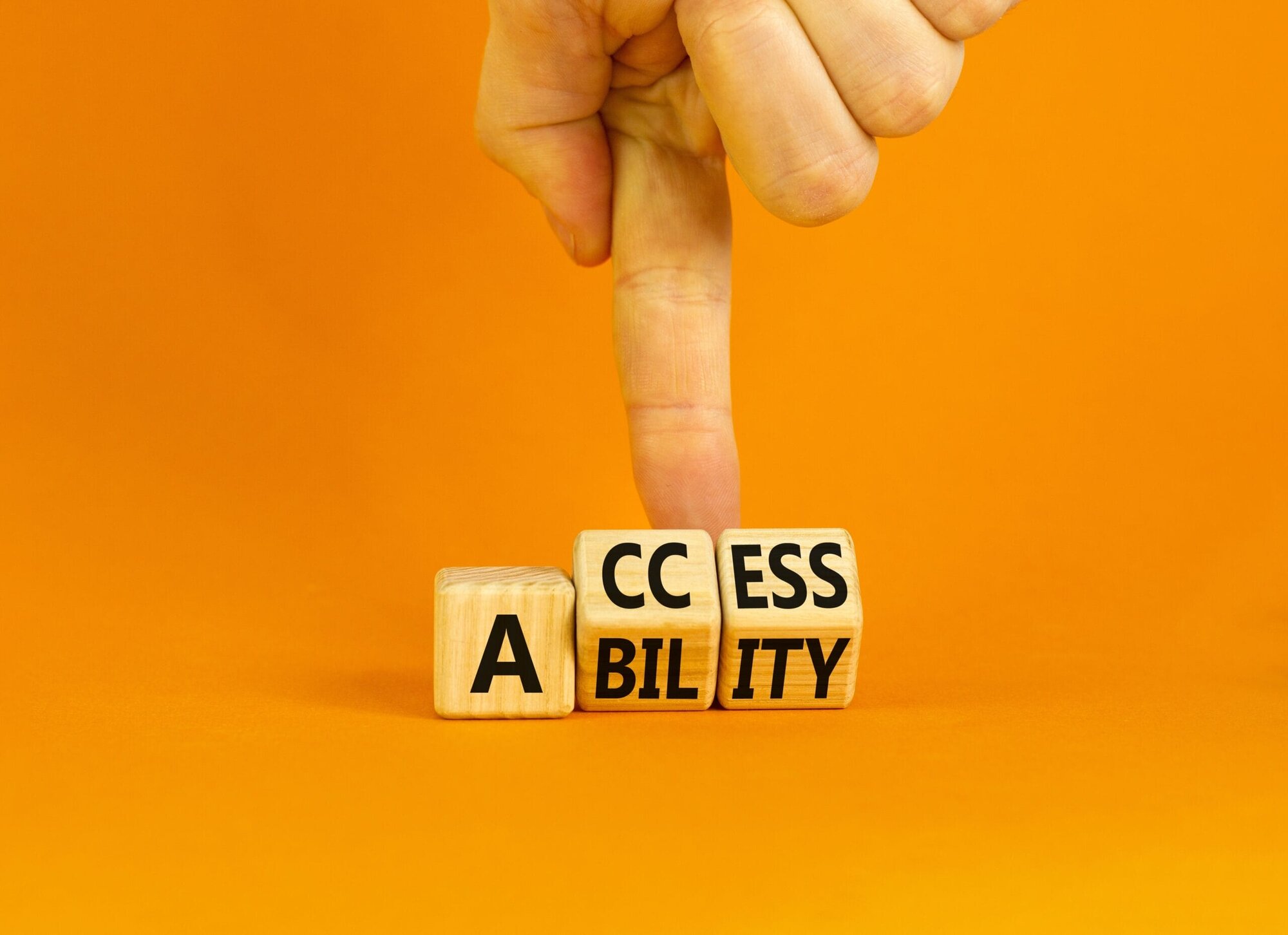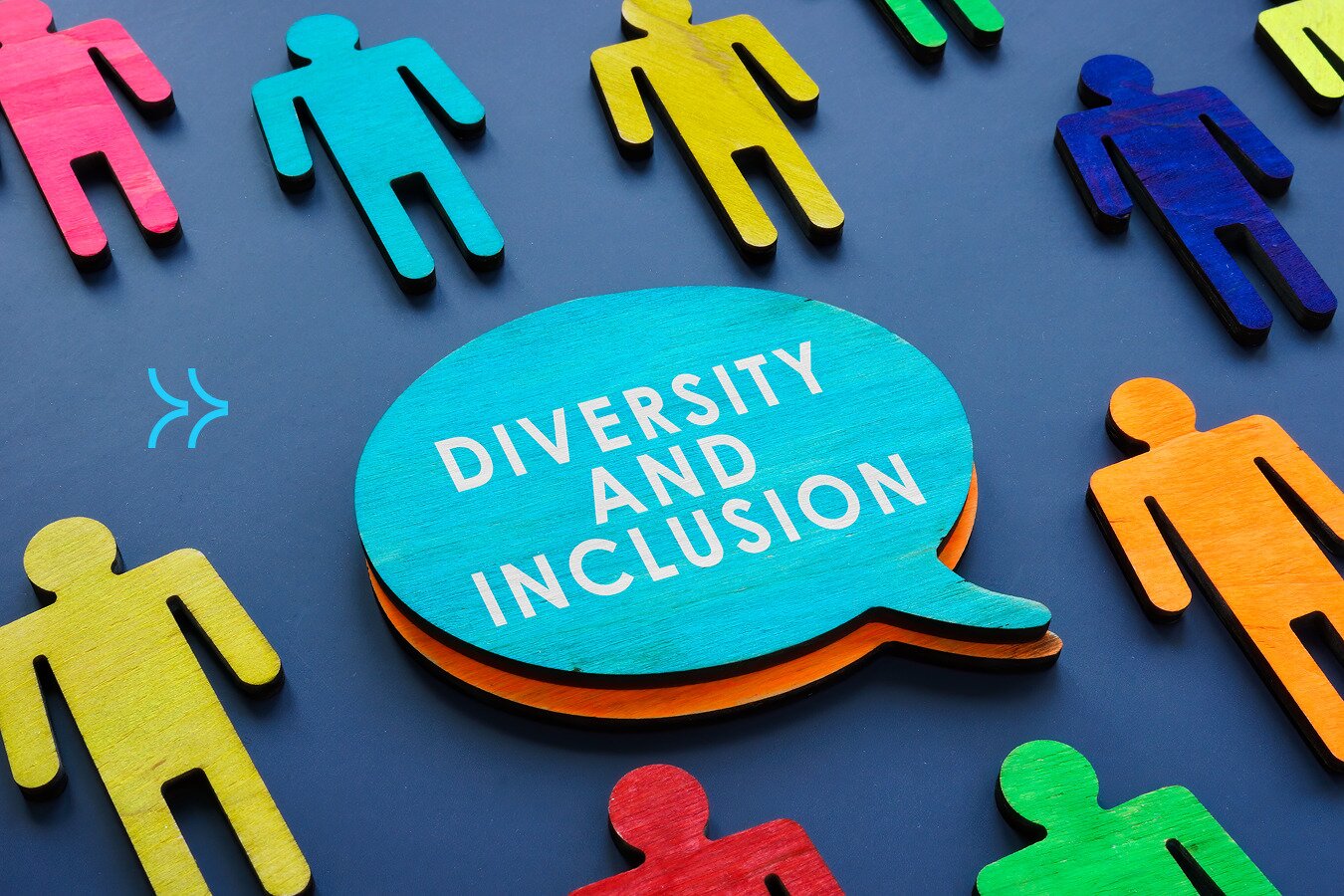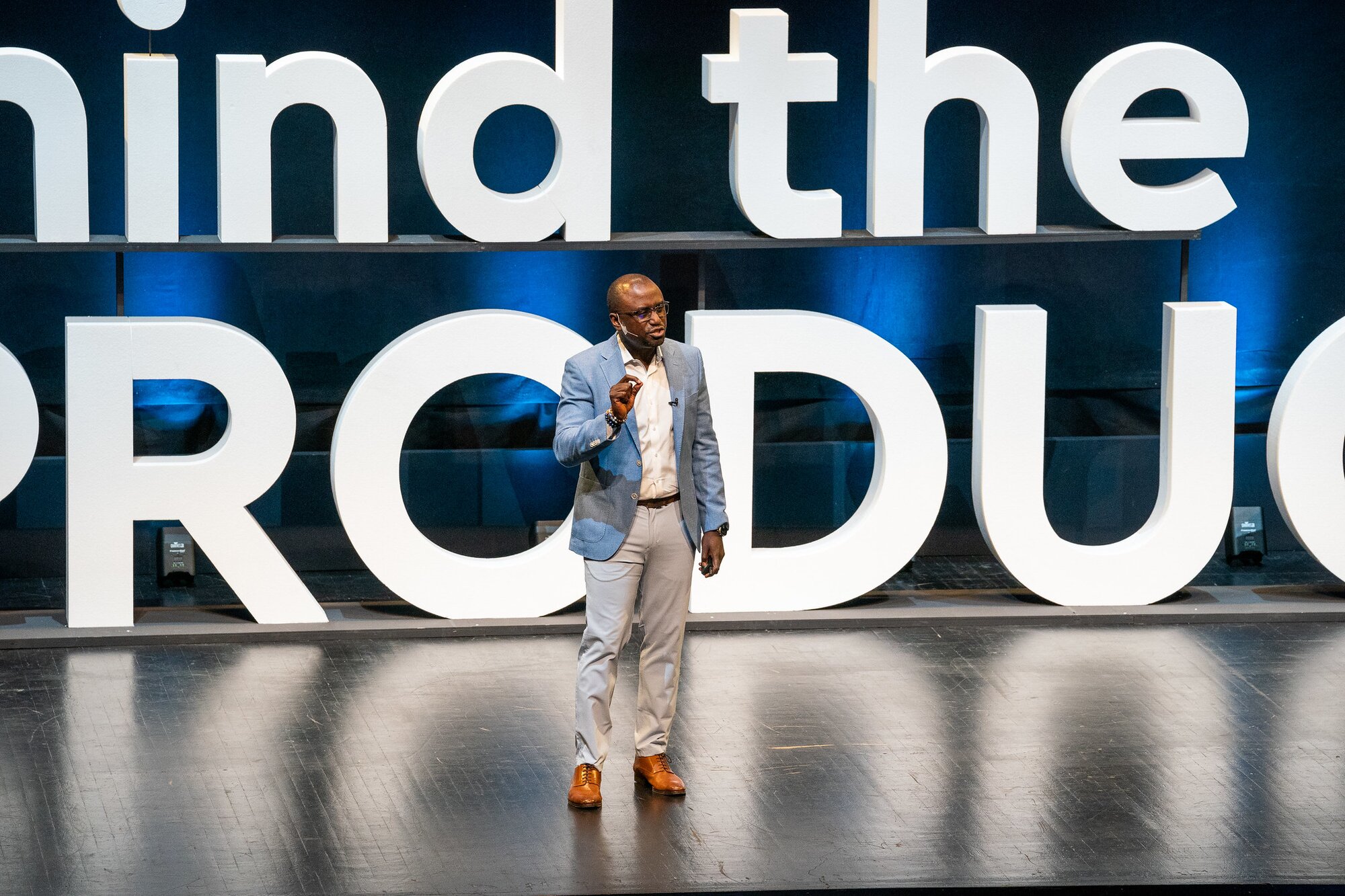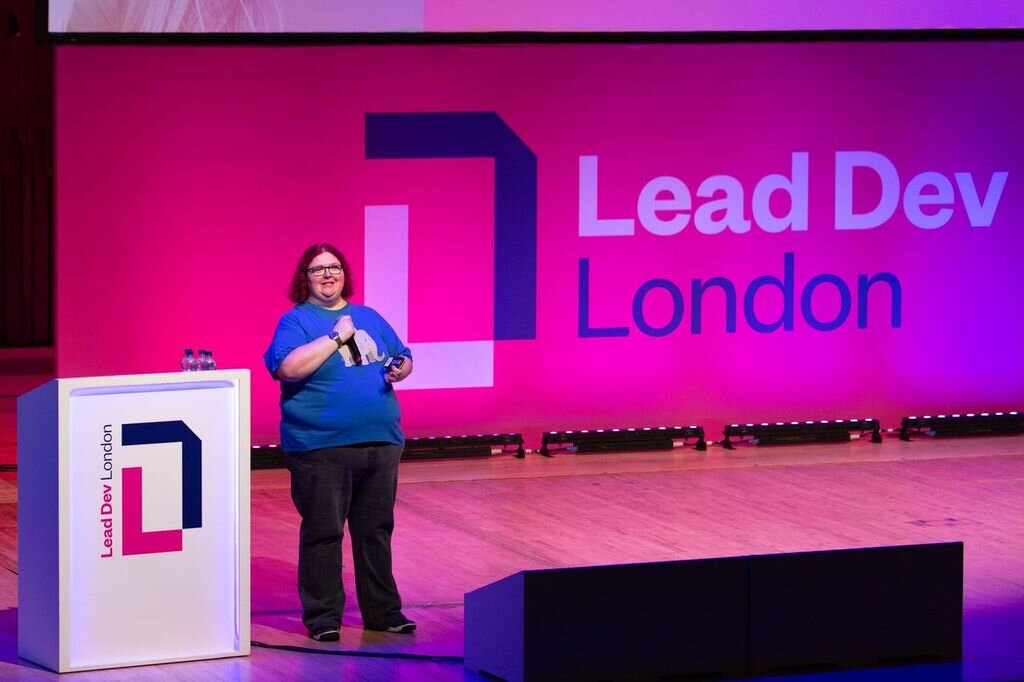Bubbles are the enemy of a good product. They form the boundaries that limit our perception of reality and limits the ability to come to conclusions. In this ProductTank Toronto talk, Jeremy Bailey, now Head of Experience at Freshbooks, shares with us a story of how we can strive to make our products more inclusive.
Watch the video to see Jeremy’s talk in full. Or read on for an overview of his key points:
- What is inclusive design
- Lessons learned from a product redesign
What is Inclusive Design?
To first understand what inclusive design is, Jeremy explains non-inclusive design and how we get there. Sometimes in designing a product we create these bubbles that limit our perception of reality. The product design may seem obvious and intuitive, but it is in fact actually ignorant. What makes something obvious is based on our own experiences in life and what we have learned over time.
Thus, inclusive design refers to a reality that is untouchable. It is impossible for any individual to know how something will be perceived by someone else. To overcome these bubbles, it is important to include other people in the design process. A product should be thought of as an experience that sits alongside the users and not a standalone thing.
Lessons Learned From a Product Redesign
Jeremy and his team used insights to drive principles that were based on years of customer feedback. These principles helped to unblock decisions in the design process. Rather than create the easy UX that they wanted, it was important to invent a new UX that included the users in the process, allowing them to voice their concerns. They also empathized with their existing customer basis about the reasons why they were migrating from the previous Freshbooks they had designed to a new platform.
Some of the issues they discovered were that they designed the product for the majority of their users and left out some of their power users. At points, they also lost track of the overall group satisfaction.
The key takeaways from this talk are that when designing for a product, it needs to be user-centric. Sometimes there may be different types of user groups for your product that are equally important to the business in their own way. Creating separate user personas for these groups can help to keep both of them in mind.






